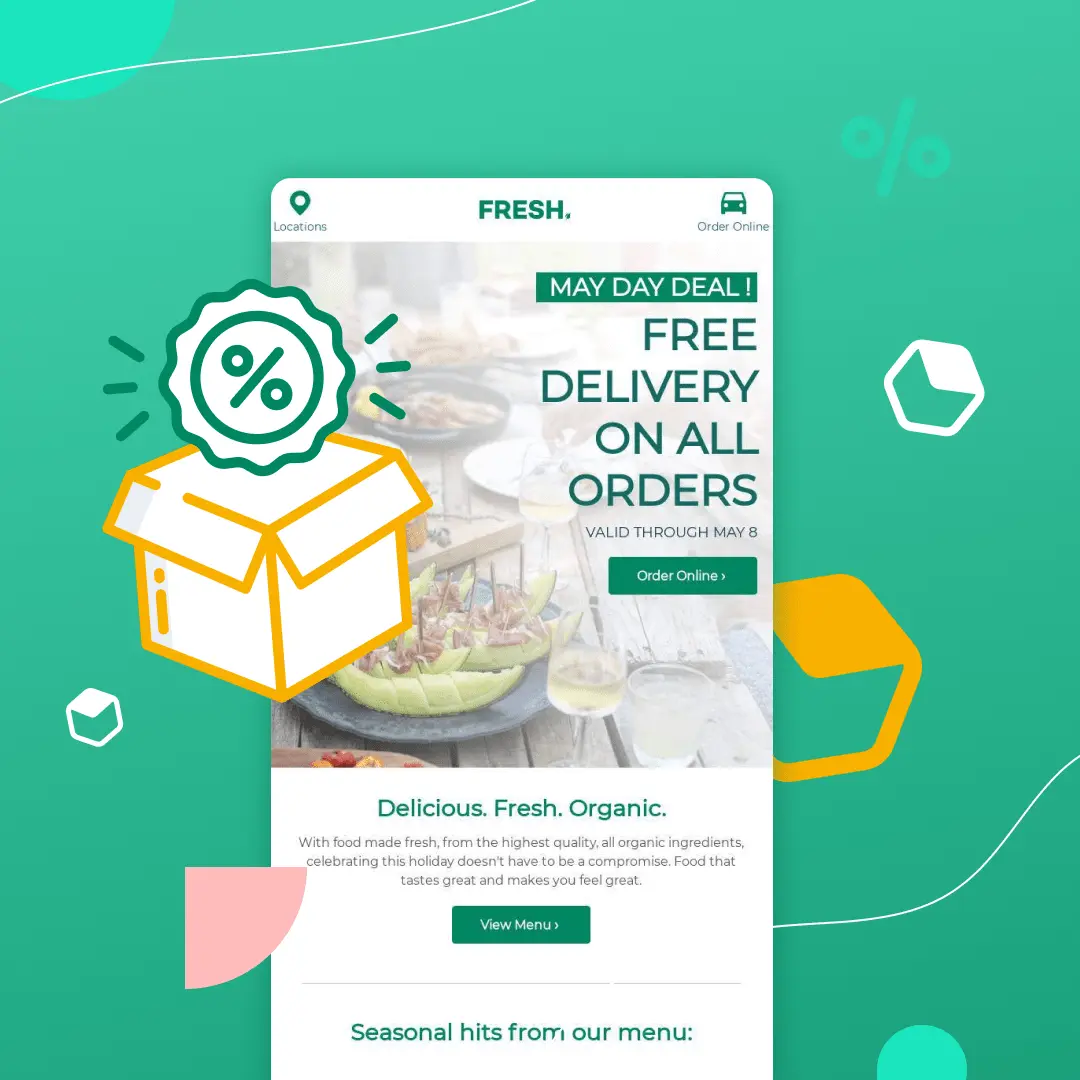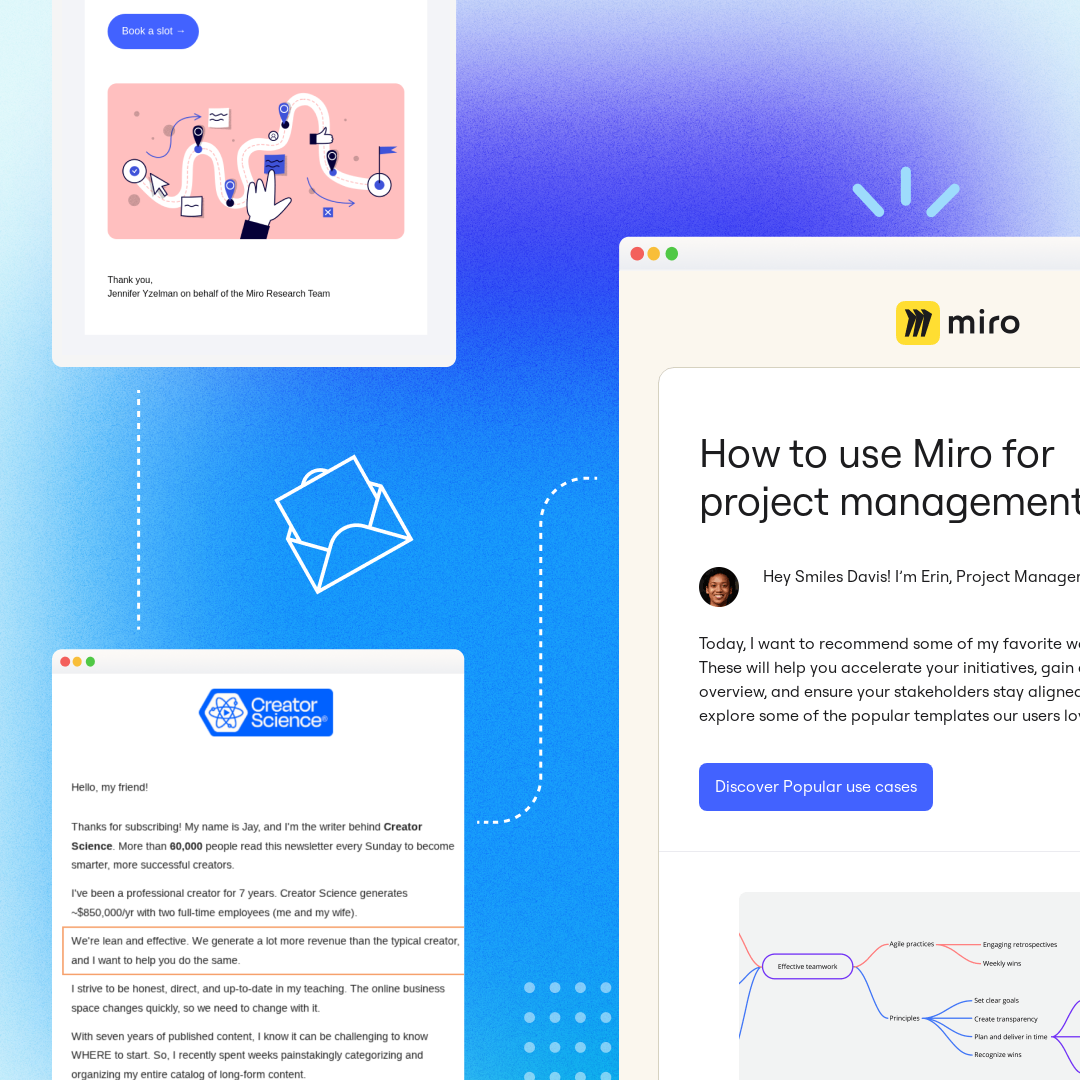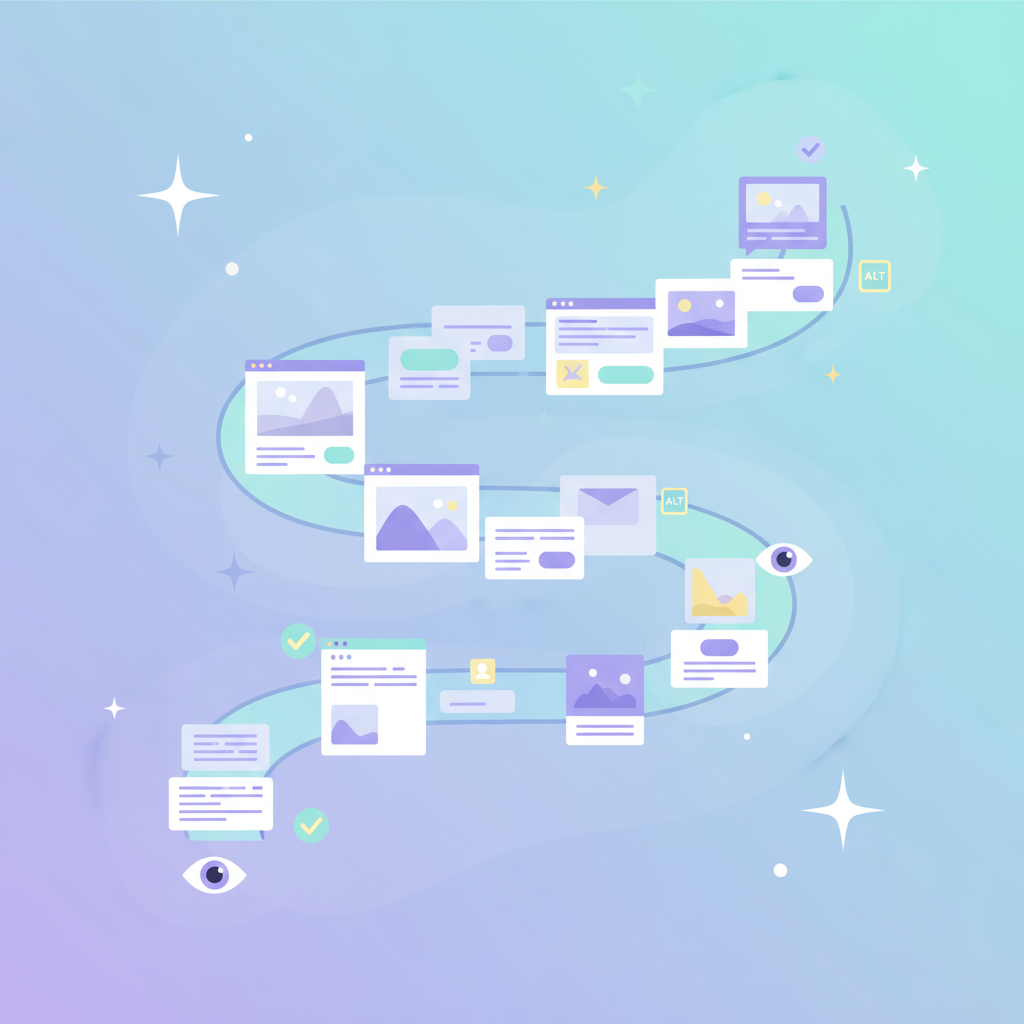
Originally published on December 8, 2015. Last updated December 3, 2021.The holiday season is the best time to snag hefty deals and discounts. According to the NRF, 82% of shoppers felt the deals this Thanksgiving weekend were the same or better than last year.Many of those discounts, deals and offers are delivered by email. With businesses small and large offering product discounts, free shipping, bonus gifts and more—great email design is a key differentiator among brands, making or breaking a discount email’s ability to stand out, communicate well, and get conversions on those discounts.Let’s first approach what a promotional email is and then take a deep dive into an example done right.
What is a promotional email?
A promotional email is a specific email that businesses send to boost their products or services. Their short term goal is to convert visitors to customers, and in the long term to increase customer loyalty. The purpose is to get customers to buy from your business more than once, whether that be with multiple product purchases throughout the year or continuation of an annual subscription.Let’s see what types of promotional emails work to achieve these goals.
Types of promotional emails to try
Promotional emails will take on many forms, but no matter the type, they all work to achieve conversions. Here are a few promotional emails to implement into your promotional campaigns.
- Product Launch. The hype around new releases or product updates get customers excited.
- Seasonal Campaigns. The holiday shopping rush is a guarantee every year. It's a great time to promote products.
- Freebies or Giveaways. The free products or rare giveaways drive engagement and bring in new visitors and customers.
- Limited-Time Offers. The exclusivity of products or services intrigues customers and visitors.
Now that you have some types of promotional emails to keep in mind when building your promotional campaign, let’s approach an in-depth example to understand more details on how these campaigns work.
Example: Promotional Email from BarkBox
Today, we’ll look at a recent promotion email from BarkBox, provider of subscription-based pet products, breaking down what makes this discount email effective, with must-have tips to incorporate in your own discount email design.Here’s the email from BarkBox:

Tip #1: Create urgency
The subject line of BarkBox’s email reads “Last Day: Save Big on BarkBox,” and the first thing subscribers see when they open BarkBox’s email is a message that reinforces that sense of urgency: there are only a few hours left to get the deal.

It’s a call to action that tells subscribers to act now. The bright red color choice makes the message stand out, while the dog illustration balances the immediacy of the text with a playful component. It’s a busy time of year, inboxes are flooded with emails—shoppers need a reason to act now, and BarkBox delivers that message right off the bat.
Tip #2: Leverage your visual brand to communicate
Visual design carries the story in BarkBox’s email. The first section has a bright, friendly photo that shows the product and is true to the BarkBox brand. It incorporates its characteristic font brand colors and eye-catching animated GIF details.

The second half of the email contains an on-brand illustration that communicates the deal again in a simple way:

Together, the photography, illustration, color, and branded font perfectly reflects the BarkBox brand. There’d be no mistaking the sender of this email for any other company. The visual storytelling reinforces the BarkBox brand, building trust with readers.While this approach allows BarkBox to leverage its brand identity to create a beautiful, compelling story in multiple formats—improving reader comprehension of the discount—the drawback is that the entire email is image-based. For users without image-viewing turned on, BarkBox’s cute email could show up like this:

BarkBox makes good use of ALT text—an email design best practice—but the message is still compromised without image-viewing enabled. When making design decisions like this, it’s essential to know your audience and understand the number of recipients in your database who may have these preferences. When in doubt, follow our recommendations for avoiding the pitfalls of image-only emails.
Tip #3: Get to the point. Be clear. Repeat.
Check out the content of this emailin plain text:
You only have a few hours left to save big on BarkBox!
Get a free membership to our extra toy club!
Save up to $108!
That's an additional free premium toy in every BarkBox for new multi-month subscriptions.
Get a free premium toy in every BarkBox in any multi-month subscription.
Save $9 a box - that's up to $108 a year!
No coupon needed -- just click 'yes' when prompted for a free extra toy.
Get BarkBox + free extra toy club!
The sentences are short and easy to understand, and they use the same words or phrases multiple times. Repetition is a common tactic in marketing. It’s impossible to miss the fact that BarkBox is offering a great deal.All effective emails should have a single focus and objective, but discount emails are a great opportunity to be more straightforward than ever. The message should be simple: give readers a reason to act (a great deal) and an incentive to do it now.Don’t overcomplicate or distract with multiple calls to action or more information than is needed. The only “extra” information BarkBox provides, to give the reader further instruction is placed at the bottom of the email where it doesn’t detract from the main point:”No coupon needed — just click ‘yes’ when prompted for a free extra toy.”
Tip #4: Tell the story... and then tell it again
To drive home the email’s key message, BarkBox uses a modular structure to clearly define each section and organize their story. Here’s what we mean:

The modules mirror themselves: Sections 1 and 2 are book-ended with the BarkBox logo and intro and closing summary boxes are similarly formatted (each with two lines of bold white text on a brightly colored background). The two main sections tell the same story (Get a free toy with a multi-month subscription and save up to $108) in two formats: first by animated GIF, then by illustration. The format works well on mobile, too, with each section fitting nicely within the screen of an iPhone:


BarkBox uses two visual stories to communicate the deal, driving home the offer to readers. Using repetition to communicate discounts increases subscribers' likelihood of understanding—and acting upon—an offer.
Wrap up: Best practices for promotional emails
There's plenty we can learn from BarkBox's promotion email to incorporate when designing our own discount emails. Here are the takeaways for you to implement in your promotional emails:
- Create a sense of urgency
- Communicate visually
- Repeat your key message
- Make the same offer twice
Are you trying any new design best practices in your discount emails this holiday season? Let us know in the comments, and try using BEE Proto createmobile-responsiveemails that are easy to design withdrag-and-drop modules.



